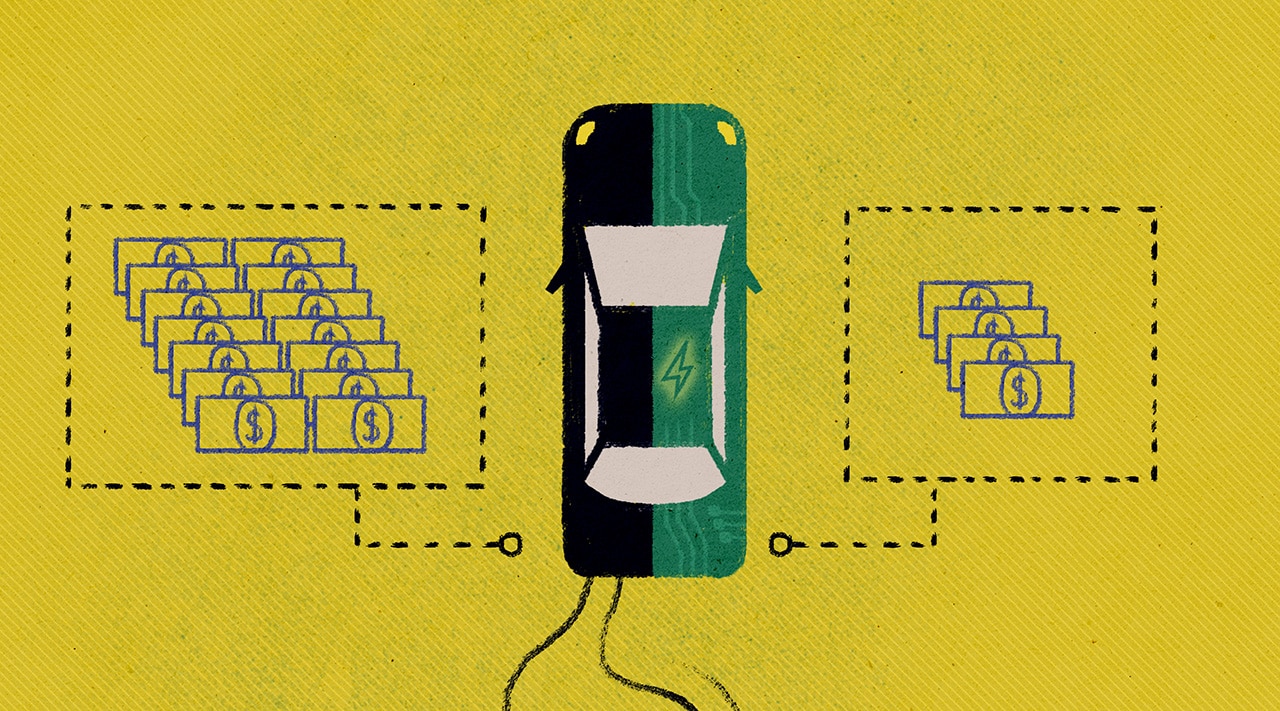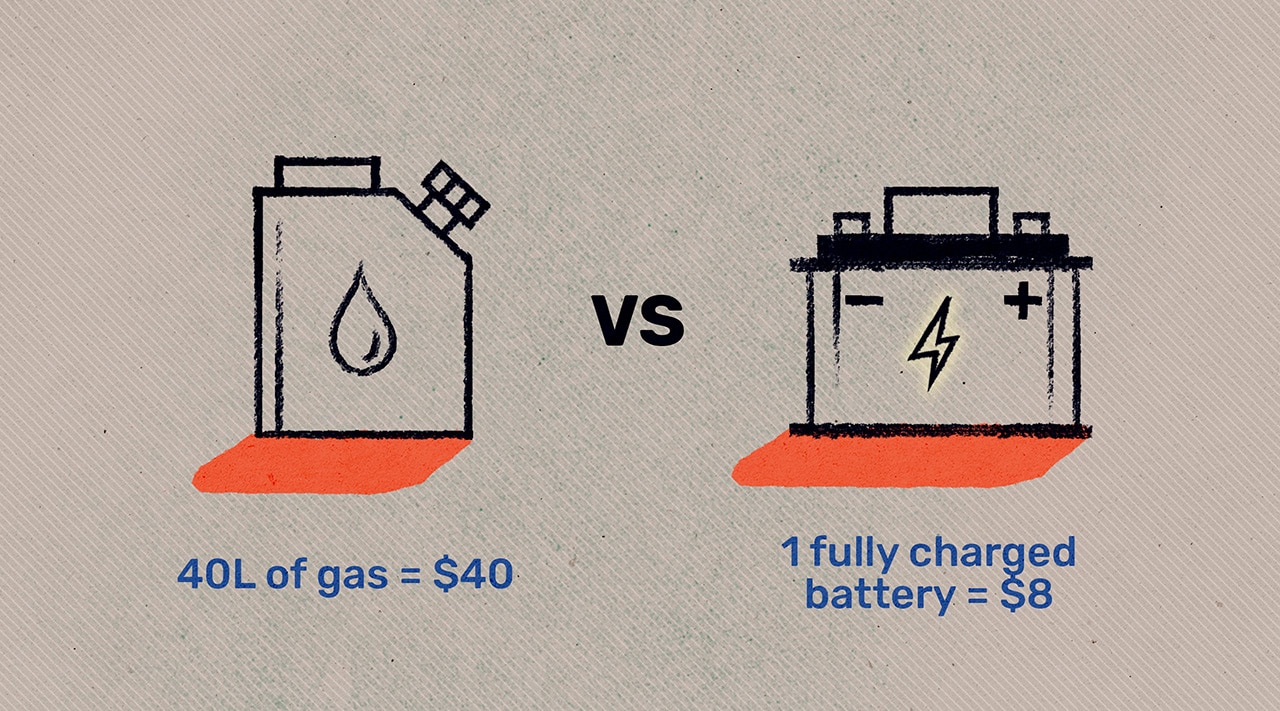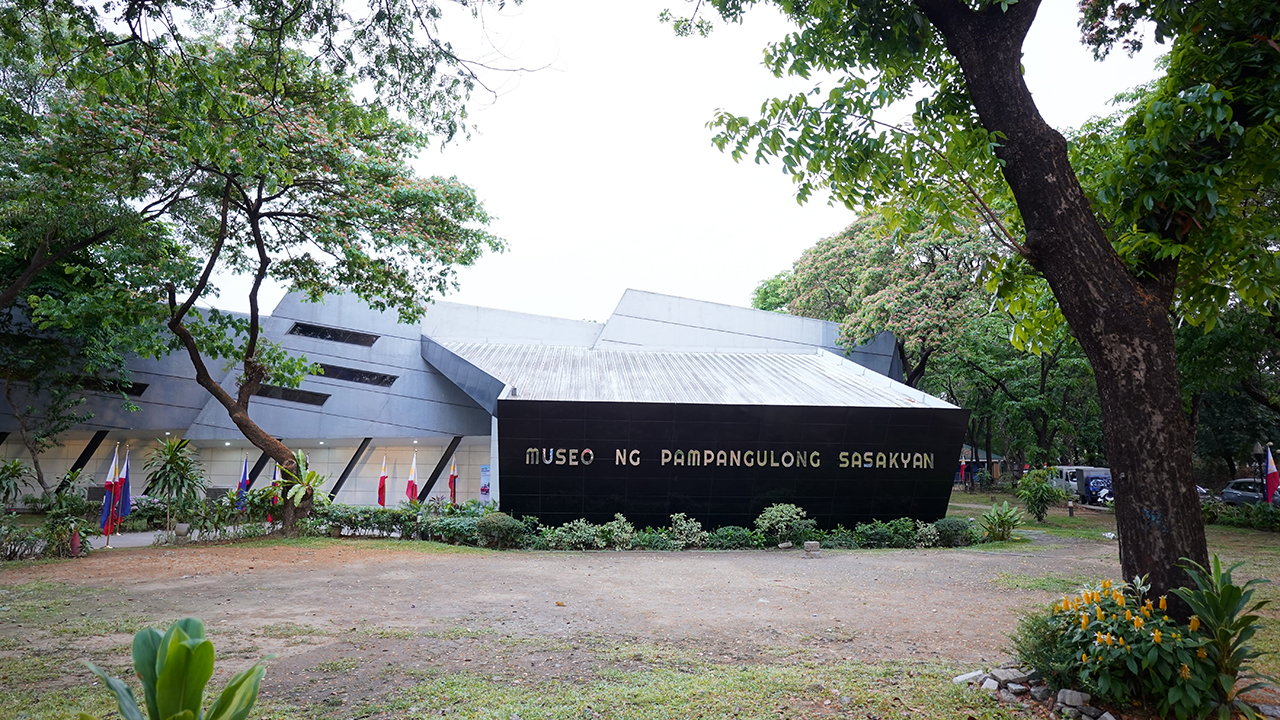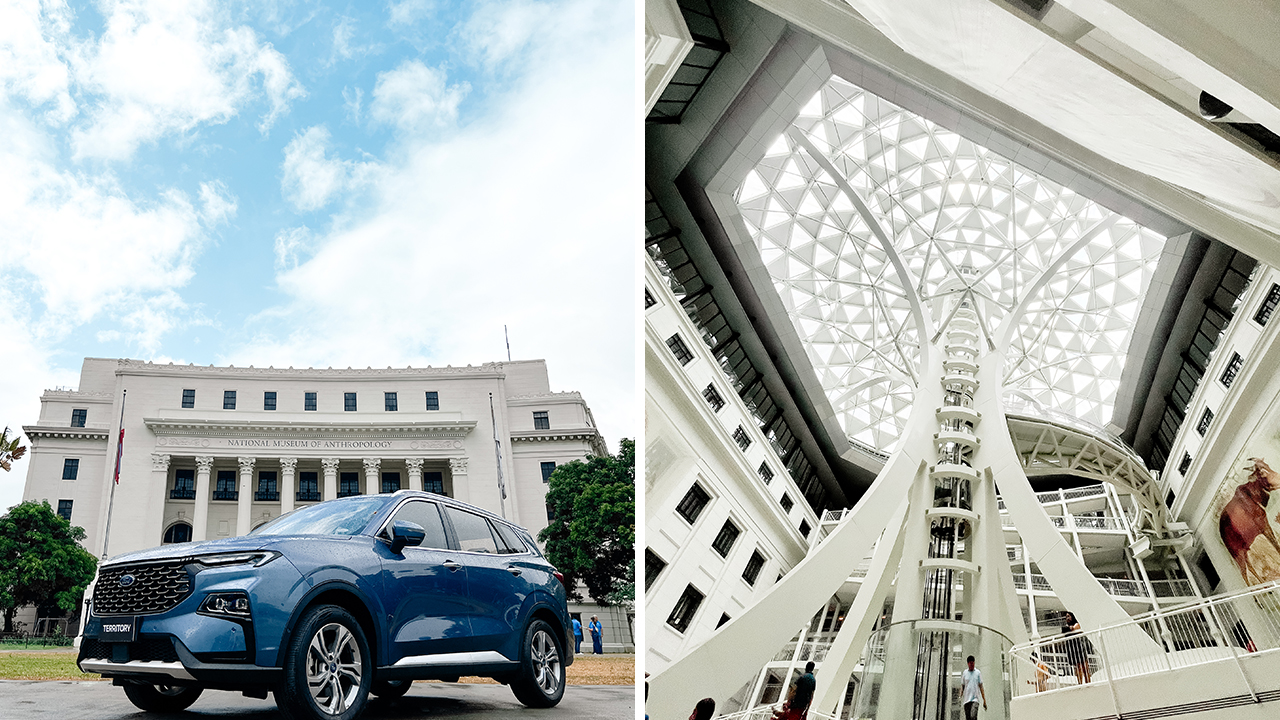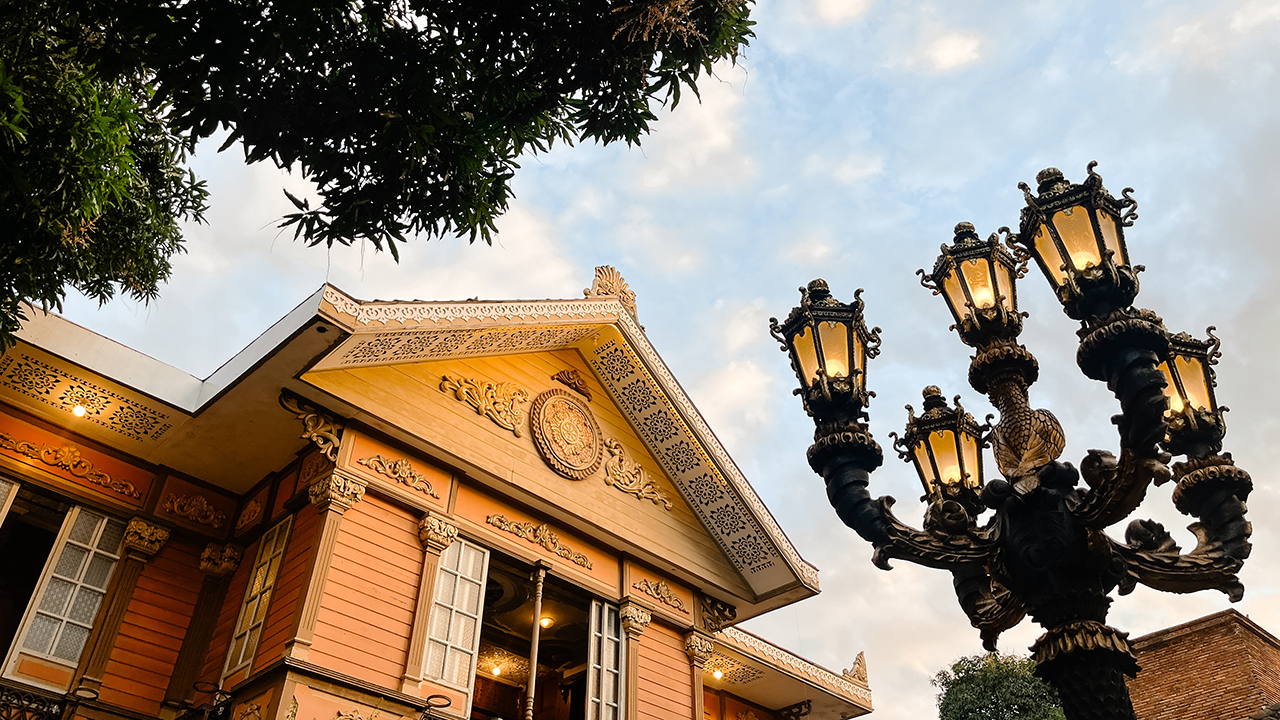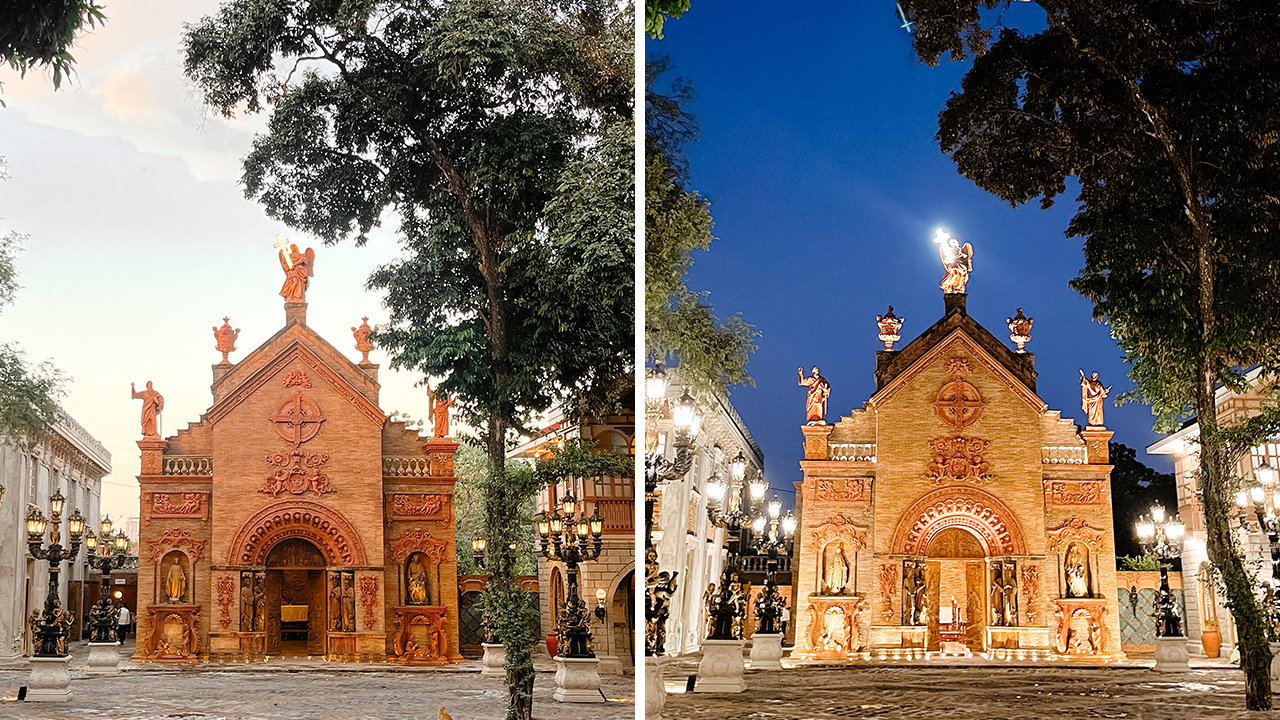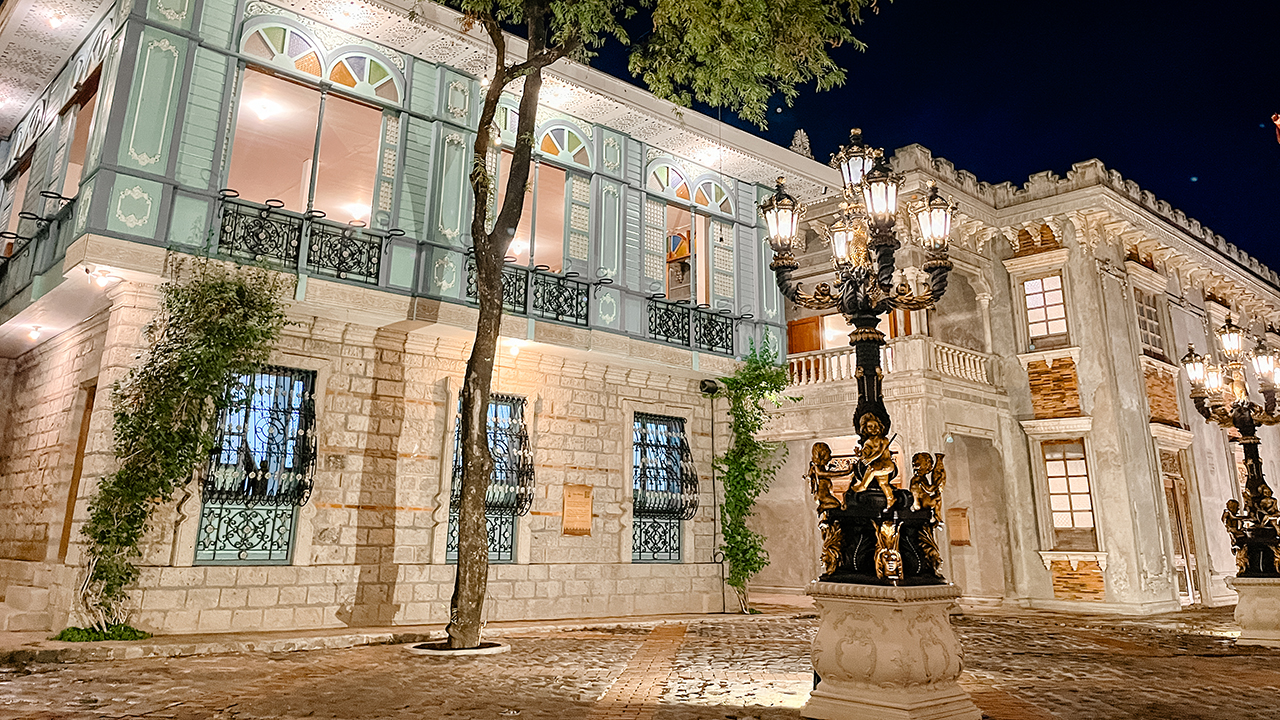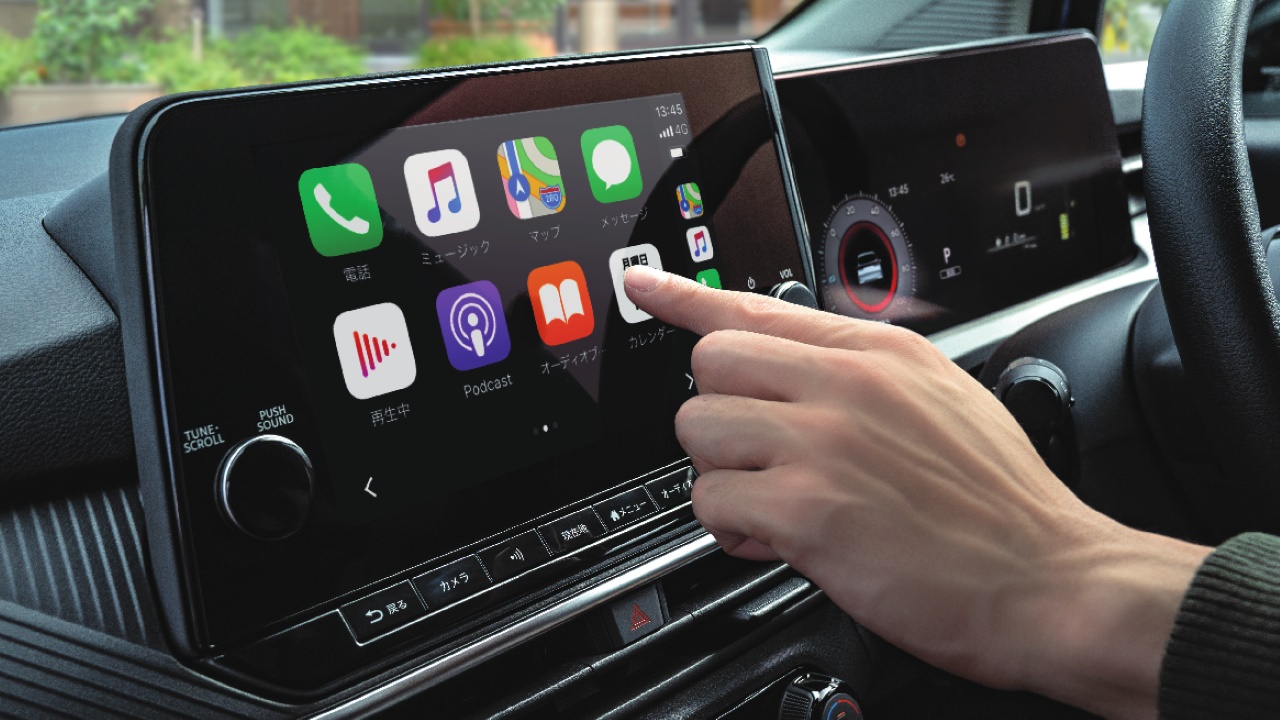

Did you know that the first electric vehicle was invented by Scottish inventor Robert Anderson in 1832? Back then, electricity-powered cars were nothing but curiosities and novelties. Now, electric vehicles are readying themselves to take over the car industry in just a few decades.
As with all revolutionary technology, reception for electric cars is lukewarm at best. Most consumers are still wary with converting to full electric, citing an unstable and uncertain future for the industry.
With the car and fuel industry hanging in the balance, gas car companies have a lot to gain by downplaying the benefits of electric vehicles. Due to the lack of information available, unproven myths inevitably pop up. Myths, as always, need to be debunked especially when electric cars overtake gas car production.
Myth 1: Electric cars are more expensive than gas cars
The cost of an electric vehicle is the most hotly contested aspect of EVs. Admittedly, the world’s most famous electric car, the Tesla Model S, still falls under the luxury car category. The battery-powered car still hovers around the US$ 100,000 range.
Budget-friendlier alternatives are out now, but their price ranges are still a bit more than a conventional car. The Chevrolet Bolt and the Nissan Leaf both cost around US$ 40,000, for example.
Additionally, installing a home charging station compounds that price by about US$ 600.
It’s no surprise that most consumers are turned off by the exorbitant costs of EVs. However, the one-time price tag fails to show how much cheaper it is in the long run.
Right now, the cost of one kilowatt-hour (the standard for EVs) is below the cost of one liter of gasoline. Roughly estimating, one kWh costs 20 cents, while one liter of gas costs US$ 1, according to today’s standards.
The Nissan Leaf carries a 40kWh battery. Charging it to full will cost 40kWh x US$ 0.20 = US$ 8. Meanwhile, a 40L gas car will cost 40L x US$ 1 = US$ 40. Added with a much steeper maintenance cost, gasoline vehicles will quickly overtake the cost of EVs in the long run. (Of course, actual costs will still vary on usage, real prices, and road conditions.)
Myth 2: EVs don’t perform as well as gas cars
Don’t be fooled. Even if EVs are remarkably silent on the road, they are hiding powerful engines that are quickly catching up to the standards of speed today.
At their core, gasoline vehicles are inherently faulty. Their emissions aren’t only a hit on air pollution; they also mean that a car wastes a huge portion of their energy through heat, smoke, and other harmful pollutants.
On the other hand, EVs convert up to 62 percent of their stored energy for movement. For comparison, gas cars only use up 21 percent of their energy.
In terms of mileage, EVs can travel up to 193 kilometers on a full charge, adequate for a day’s worth of traveling. However, gas cars still rule the road by hundreds of kilometers more. It’s only a matter of time before EVs catch up, though. The industry-leading Tesla Model S 100D already tops out at 530+ kilometers.
Finally, when it comes to speed, EVs can do well to catch up with you in traffic. For example, both the Nissan Leaf and the Chevrolet Bolt reach speeds of up to 150km/h. While the more widely available EVs can still be woefully left in the dirt on a straightaway, the Tesla Model X blazes through with a top speed of 250km/h.
Amid all of this, EVs do their jobs quietly. If you’re not paying attention, an EV can sneak up on you from behind. Besides air pollution, EVs avoid noise pollution, too.
Myth 3: Maintaining an EV is more trouble than it’s worth
Both an EV and a gas car take you from one place to the other. EVs just do it with far fewer components. Unlike conventional cars, EVs aren’t frequent visitors to the mechanics. Fewer parts mean fewer components to maintain.
That doesn’t mean that everything is breezy, though. Replacing the battery is a nightmare for your budgeting. For example, a Nissan Leaf replacement battery costs US$ 5,499.
Thankfully, batteries are a lot more durable than you would expect. The Nissan Leaf guarantees a battery life of eight years or 100,000 miles (or approximately 161,000 kilometers). Most electric car brands already offer warranties (including replacements) before their batteries expire. Moreover, electric car batteries are completely recyclable. You might even get a trade-in return for your old battery.
Currently, the only hurdle impeding an electric car’s maintenance is the lack of able mechanics who specialize in EVs. On the bright side, by the time that you’ll need a thorough repair on your EV, the employment industry will have evolved to accommodate your needs.
Myth 4: Electric vehicles are the saviors of the environment
There is no doubt that EVs eliminate the carbon emissions that gas cars will always emit. Even from their construction, EVs carry a design trait that puts them beyond gas cars: They don’t have a tailpipe.
Currently, 75 percent of air pollution comes from motor vehicles. With their energy-efficient design, EVs eliminate the pollution caused by carbon emission. Converting to an EV is one of the greenest decisions you can make to save the environment.
However, it has its own fair share of gray areas. Critics often share the myth that EVs only displace the emissions from the tailpipe to a coal plant’s smoke stack.
Which is partly true.
On their own, the world’s main methods of producing power are terribly unprepared for a sudden surge in demand. Despite recent developments in renewable energy, coal power is still the world’s leading generator of electricity.
Hypothetically, if everyone in the world adopted EVs right now, coal plants would have to exponentially increase their output, creating more smokestack emissions as a result.
Luckily, the world isn’t ready to go full EV yet. Early predictions still date the takeover to 2040. We still have a lot of time to adjust our energy consumption for more energy-efficient means, like solar, hydro, and nuclear.
In reality, EVs can’t save the world by themselves. The myth that they just displace damage is only half-true. However, the environment can’t survive with 50 percent solutions. It has to rely on us changing our perspectives on energy.
Electric vehicles are the future. But with unchecked energy consumption rates, that future can look quite grim.

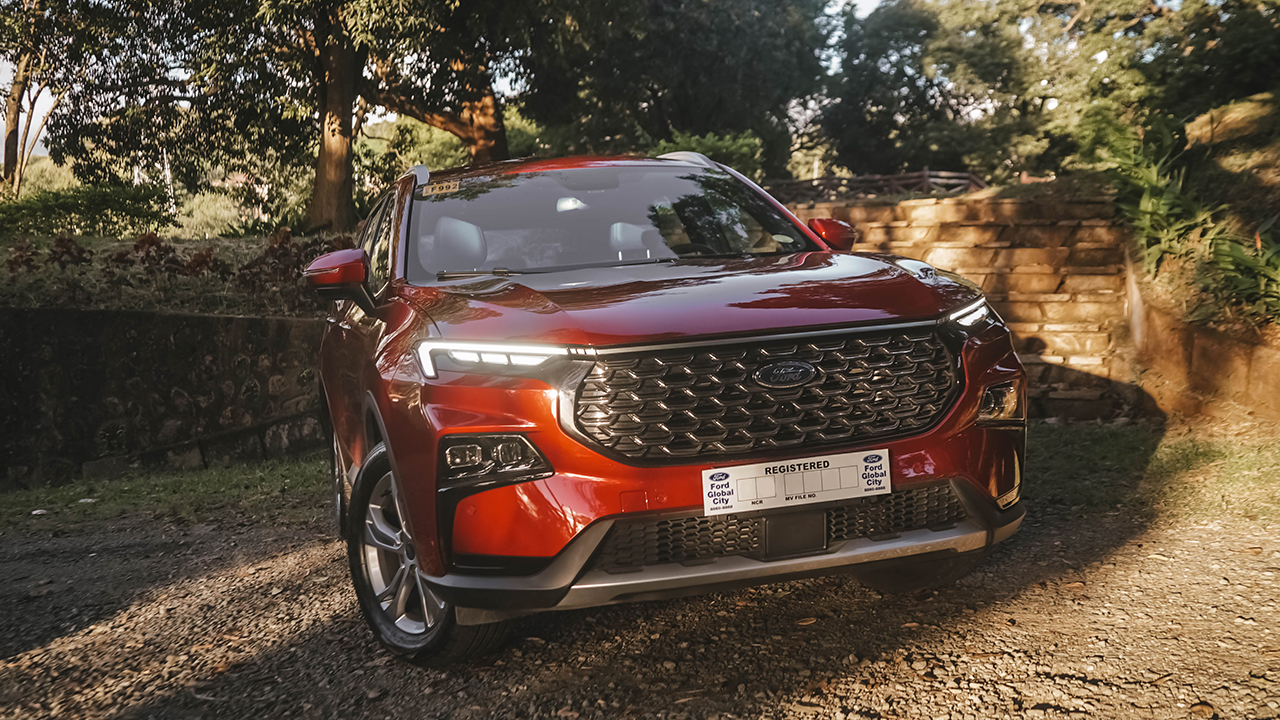
To celebrate the first year of the Next-Gen Ford Territory, Ford Philippines is offering an exclusive service package for new owners of the five-seater SUV.
The Territory 5-Star Care Package will be available for all customers getting the Next-Gen Ford Territory Titanium from April 1 to 30.
On top of a standard 5-year warranty, the package is inclusive of a 5-year scheduled service plan (SSP) and 5-year emergency roadside assistance.
What’s great about the SSP is that it is a prepaid plan, so customers won’t have to shell out more funds from future parts or labor price increases on their periodic maintenance service.
Ford’s emergency roadside assistance, meanwhile, covers 24/7 support, nationwide towing coverage, minor on-site repairs, and other services.
The Titanium model starts at PhP 1,335,000 and is available in the Panther Black, Star White, Lustrous Gray, Ruby Red, and Blue Metallic color options.
The promo also comes with a PhP 20,000 cash discount. To avail, visit this link: Territory 5-Star Care
ALSO READ: Tracing roots across Manila with the Next-Gen Ford Territory
Next-Gen Ford Territory
One of the best-selling local SUVs today, the Next-Gen Ford Territory is crafted according to the highest global quality standards. It features advanced technologies and added safety features.
Some of safety features that are definitely useful for local driving conditions include the following:
- Blind Spot Information System (BLIS) with Cross-Traffic Alert
- Adaptive Cruise Control with Stop and Go Feature
- Pre-Collision Assist with Automatic Emergency Braking
- Active Park Assist
The SUV also has a 360-degree camera to aid drivers with their trips. For comfort and convenience especially for long rides, the vehicle has wireless charging and wireless Apple Carplay and Android Auto.
Under the hood, the Territory boasts of a EcoBoost 1.5L engine. It has a 7-speed automatic transmission aided by Ford’s wet-type Dual Clutch engagement system. This system allows for easy acceleration and improved fuel efficiency.
Additionally, the Territory has four driving modes: Eco, Normal, Sport, and Mountain. These help drivers to tailor the driving experience depending on the scenario.
Automotive
Tracing roots across Manila with the Next-Gen Ford Territory
Sometimes, you have to look back to enjoy the present and get excited about the future.
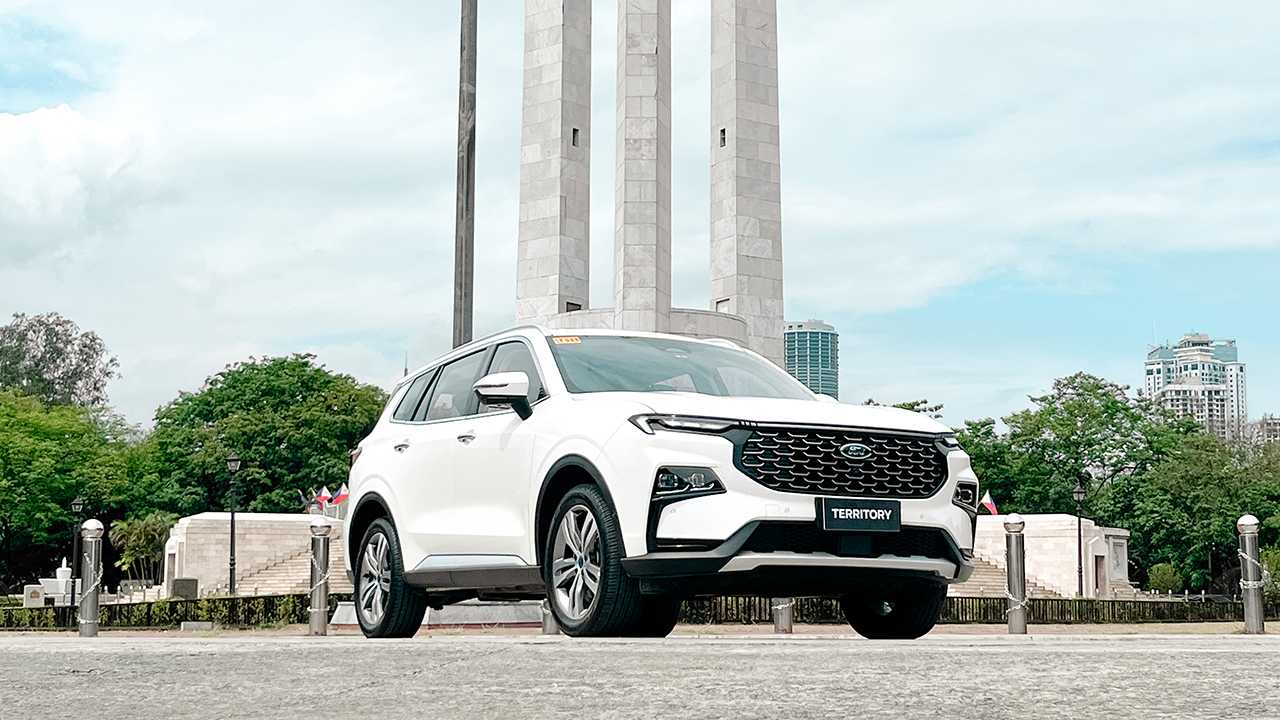
“He who does not look back from where he came will never reach his destination.”
That’s a Filipino proverb I kept hearing while I was growing up. Nearly three decades later, I started learning what that proverb really meant.
We have to look back in order to move forward. At least, that was one of my takeaways when Ford Philippines invited us to drive the Next-Gen Ford Territory and reimagine the way we tour our cities.
Along with media folks and members of the Ford Territory Club Philippines, we hopped between places that honor the roots of our heritage and culture.
The cars that Filipino presidents used
I was never fond of visiting museums. But there was something alluring in seeing pieces of history and knowing how it all contributed to the present we live in.
Our first stop was the Presidential Car Museum housing the old cars used by the former Philippine Presidents. It is located within the Quezon Memorial Circle in Quezon City, Metro Manila, Philippines.
Inside, you can stumble upon the 1941 Packard 180 that both former President Jose P. Laurel and Sergio Osmena used. Former Presidents Roxas, Magsaysay, and Macapagal trusted a Cadillac, while Quirino used a Chrysler Crown Imperial.
View this post on Instagram
Former President Ferdinand Marcos’ Lincoln Continental Mark VI grabbed our attention, along with his First Lady’s car — an opulent Rolls Royce Phantom — which is a testament to the opulence and excessive grandeur they exhibited during their reign.
Meanwhile, Aquino up until Arroyo, the former presidents after Marcos Sr.’s regime have used a humbling yet trustworthy Mercedes-Benz instead.
Touring in the museum lit a fire inside that I didn’t know still existed. I thought I was already apolitical, but hearing the stories and reasonings behind the choice of presidential car sparked the angst I’ve long buried.
And if you’re that curious, it’s best to pay a visit to the museum. Maybe you can have a different perspective.
The Presidential Car Museum is open for public viewing between 9AM to 4PM on Tuesdays to Sundays.
Crafts, textiles, and the old script
After our active parking session at the Quezon Memorial Circle and relying on Adaptive Cruise Control while driving through the Skyway, I took the wheels as we approached the City of Manila and its never-ending stoplights.
I may hate Manila’s busy streets and traffic jams, but I know I’m well-equipped to navigate its roads (and find a way to overtake between humongous trucks) as we find our way to the National Museum of Anthropology.
Nestled beside the walled city of Intramuros, the museum found itself on a sweet, easy spot for city-dwellers, park visitors, and foreigners touring the historical city. It was easy to locate, which makes it inviting to a lot of visitors.
Inside, I was mesmerized by artifacts showcasing the chronicles of living in the Philippines — even from pre-historic times. I had a marvelous time staring at battle axes and bolos. I was incredibly drawn! Maybe, just maybe, I was a warrior in my past life.
We also took some time exploring the “Hibla ng Lahing Filipino Gallery” which exhibits the traditional textiles created and worn across the Philippines.
On the next room beside the textile gallery, you’ll find the Baybayin Gallery, which was completed in 2014. The gallery houses the old writing systems used by ancient Filipinos, as well as the continued tradition of writing syllabic scripts.
The National Museum of Anthropology is located in the Agrifina Circle, Rizal Park adjacent to the National Museum of Fine Arts building. It’s open from 9AM to 6PM on Tuesdays to Sundays.
Living like an Ilustrado
Our last stop for the day was Las Casas Filipinas de Acuzar in Quezon City. It’s a more accessible space housing replicas of famed Spanish-Filipino houses.
Originally, you can find it in Las Casas Filipinas de Acuzar where almost 40 Spanish-Filipino Colonial structures were collected and restored to showcase the heritage of the Philippines.
Upon entering, you’ll be transported back in time — as if you’re back in the 18th century. It wasn’t my first visit, though, as I’ve already tried to play like an Ilustrado a few years back.
The place isn’t just offering a heritage tour, but also an Italian restaurant, a cafe, garden, and banquet hall.
It’s a fine way to experience dining in a Spanish stone house at the 2-storey replica of Casa Monroy, while looking at the beauty of St. Joseph Chapel brimming with intricate brick and woodworks.
Las Casas Filipinas de Acuzar in Quezon City is located at 134 Roosevelt Avenue, San Francisco Del Monte, Quezon City, Philippines 1105. It’s open from 11AM to 9PM.
One step forward, three steps back
As the day ends, we drove back to Quezon Memorial Circle where we started. It was bewildering to bridge everything that happened — from looking back to learning how to appreciate the present, and becoming excited to what the future holds.
These were just my thoughts as we navigate the dimly lit roads with the help of the Next-Gen Ford Territory. We progressed so much that we’re enjoying a vehicle that can keep us comfortable in long rides. Imagine if we still have to travel by foot or by riding a calesa!
The museum-hopping tour around Manila made me appreciate riding a smart, safe, and feature-packed vehicle. It gives me the peace of mind needed to explore a vibrant, busy city.
For your peace of mind
Customers who purchase the Next-Gen Ford Territory will receive a complimentary Peace of Mind service package. This includes free inspection that can be availed within 2 months of 2,000 kms (whichever comes first). You also get two (2) free labor on periodic maintenance schedule (PMS) services.
This is on top of the 5-year warranty — ensuring a worry-free ownership experiences.
Customers can visit any Ford dealership to get more information on the available 5-year scheduled service plan (SSP) and a 5-year emergency roadside assistance with a Territory purchase.
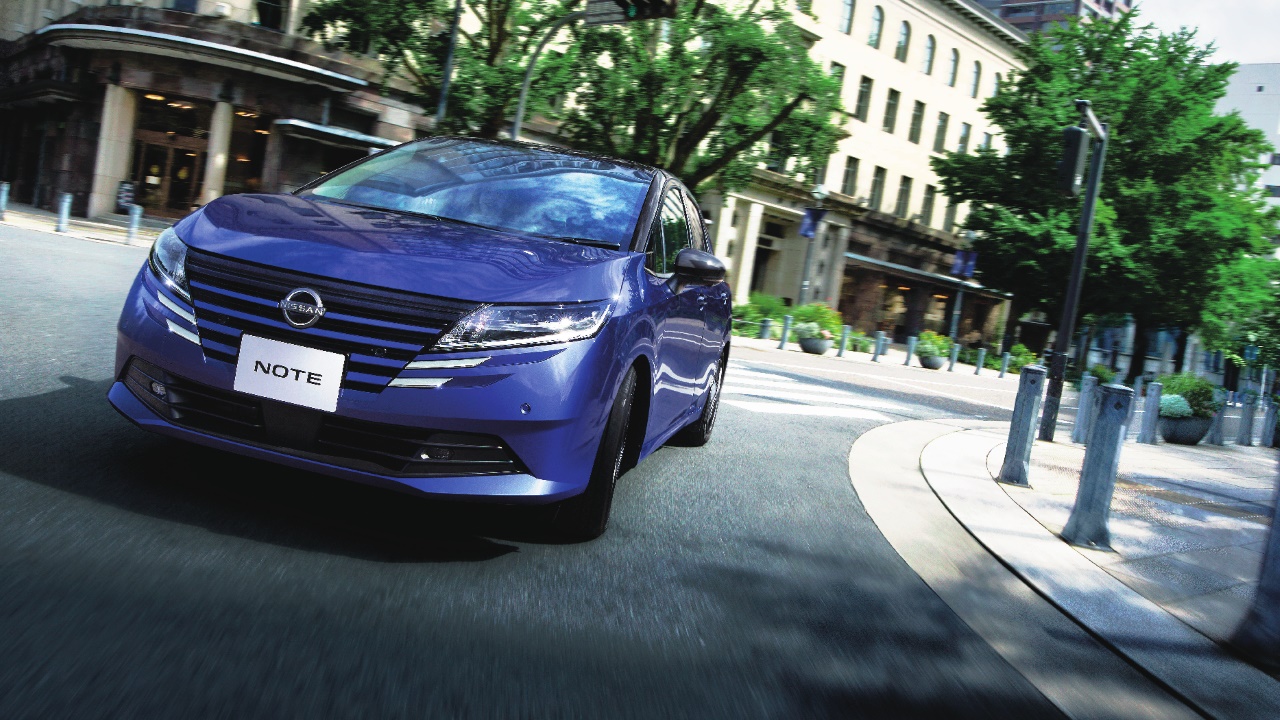
In 2020, Nissan unveiled the Kicks e-Power, which the car manufacturer touted as not just one’s conventional hybrid vehicle. Four years after, Nissan is back with a new fully electric motor-driven offering released in Singapore: the Nissan Note e-Power.
The successor to Kicks e-Power, the Note e-Power also harnesses Nissan’s second generation e-Power technology. The electrified hatchback uses fuel to power its electric motor. This motor then drives the car for a smoother, quieter, and more efficient run each time, minus the need for charging.
Price, availability
The Note e-Power dons a simplistic Japanese hatchback look with a more curved roof compared to typical SUV designs. This is accentuated by a signature V grille and slim-line headlights.
The car is available in Vivid Blue/Black Star (two-tone), Opera Mauve/Black Star (two-tone), Brilliant Silver, Dark Metal Grey, and Burgundy Red. It is available for booking starting at SG$ 143,800 until 12 noon of April 3.
Customers shall also get a 10-year lithium-ion battery warranty and five-year unlimited mileage vehicle warranty.
Enhanced safety features
The Note e-Power comes packed with enhanced safety features. For the first time on a Nissan vehicle, a 1,470 MPa ultra-high tensile steel has been adopted in the vehicle chassis. This contributes to weight reduction and improved passive safety performance.
To aid drivers throughout their rides, the car also comes with intelligent systems, such as:
- Intelligent Emergency Braking
- Intelligent Lane Intervention
- Intelligent Rearview Mirror
- Intelligent Trace Control
- Intelligent Forward Collision Warning
- Intelligent Driver Alertness
- High Beam Assist
- Electronic Parking Brake with Auto Hold
When parking, the system on dashboard shows the vehicle’s distance to an obstacle by green, yellow, and red indicators. Should they forget locking and unlocking, the car also automatically locks when the driver walks away, and unlocks when the driver approaches.
Futuristic interior
Inside, the Note e-Power has a Mizuhiki-themed dashboard for a modern and elegant appearance. On the driver side, there is a seven-inch display interface, an LCD monitor, and a USB Type C port. There is also a two-tier glovebox on the passenger side for ample storage.
In the middle, the gearshift sports a futuristic design that looks more like a mix of a jet plane’s center stick and a computer’s mouse, rather than a traditional knob. Furthermore, there is enough space to place a phone or wallet beside the gearshift.
The seats offer large armrests and plenty of leg room. At the back, the car has a spacious boot that can be expanded up to 670 liters when the rear seats are folded down.
-

 Accessories2 weeks ago
Accessories2 weeks agoApple Vision Pro Review: Two Months Later
-

 Features4 days ago
Features4 days agoFortify your home office or business setup with these devices
-

 Gaming1 week ago
Gaming1 week agoThe Rogue Prince of Persia looks like an ultra-colorful roguelite
-

 Deals2 weeks ago
Deals2 weeks agoSamsung Awesome April: Deals on Galaxy A series
-

 Philippines2 weeks ago
Philippines2 weeks agovivo Y100 to release in Philippines on April 27
-

 Gaming1 week ago
Gaming1 week agoStar Wars Outlaws release date revealed
-

 Accessories7 days ago
Accessories7 days agoLogitech unveils G Pro X 60 gaming keyboard: Price, details
-

 Deals7 days ago
Deals7 days agoTCL P635 TV: Big savings for TCL’s anniversary

